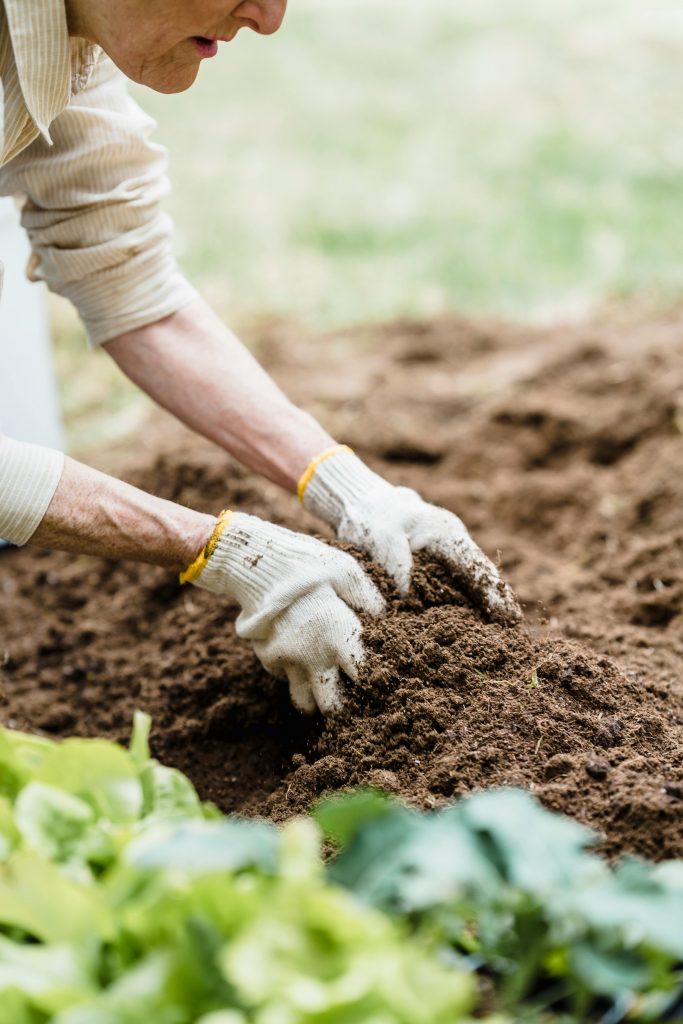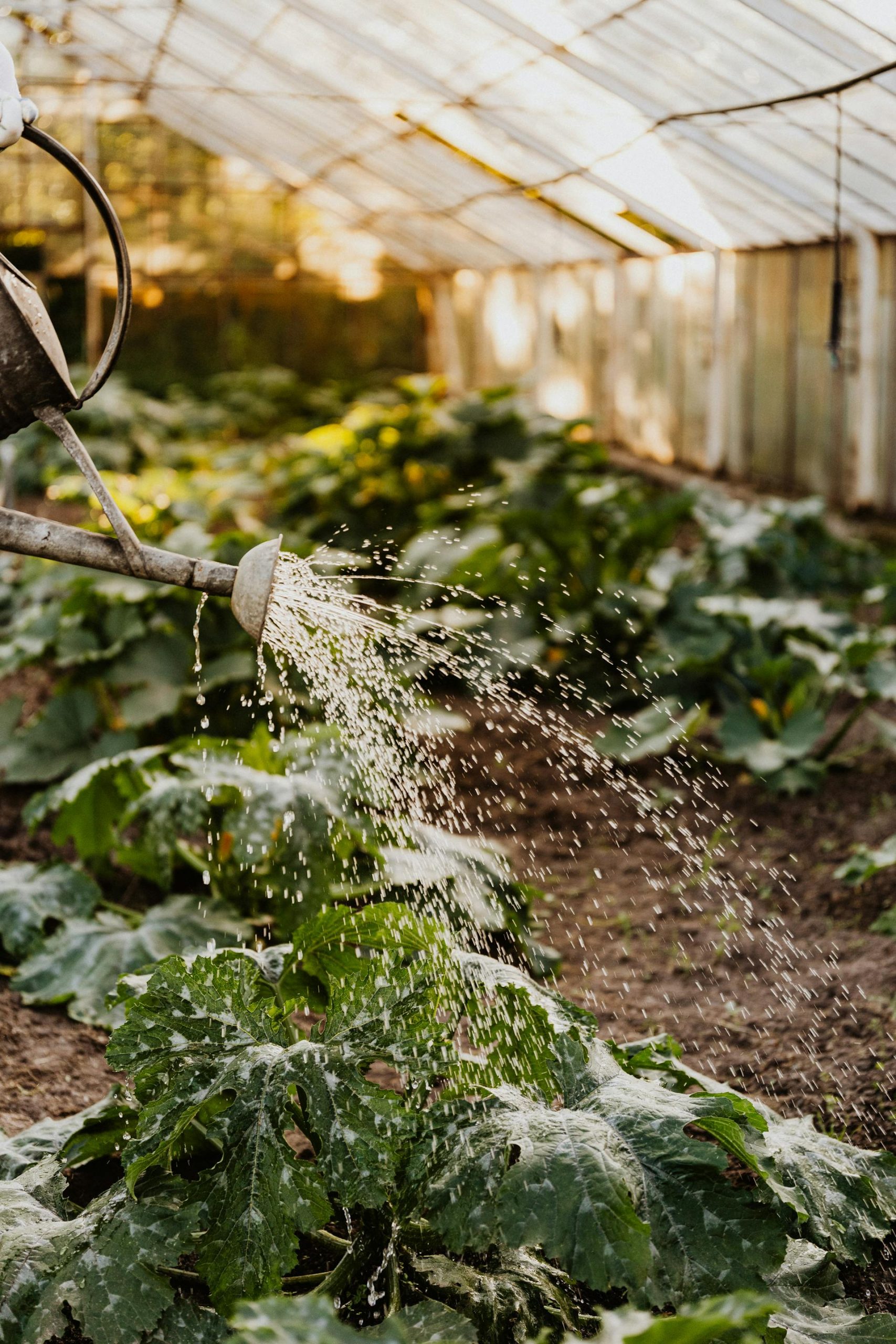Just because it’s winter doesn’t mean your watering can should go into hibernation.
While the cold slows plant growth, your garden still needs a drink now and then—just not as often as in summer. Finding the sweet spot is key to keeping your plants healthy without overdoing it.
Here’s how to get your winter watering routine just right:
Don’t water by the calendar
Winter watering isn’t about sticking to a schedule—it’s about checking the soil. Before you reach for the hose, do a quick check by sticking your finger into the ground about 5cm deep.
- Dry? Time to water.
- Cool and moist? Hold off a day or two.
- Sticky or soggy? Step away from the tap!
- Plants don’t like sitting in cold, wet soil. It can lead to rot, disease, and unhappy veggies.
Read more: Growing and maintaining winter bulbs
Always water in the morning
Early watering gives the soil time to absorb the moisture and warm up with the sun. If you water in the evening, the soil stays damp and cold overnight—perfect conditions for root rot and mildew.
Mulch is your winter best friend
Mulching helps lock in moisture and keep roots insulated from sudden drops in temperature. Use straw, dry leaves, bark chips, or compost.
Bonus: It also keeps weeds down and makes your garden look tidy.

Pexels
Adjust based on where you live
South Africa has a mix of winter climates, so it’s important to water according to your region.
Inland areas (like Gauteng and Free State): Cold, dry winters mean less rain. Water root crops deeply once a week.
Coastal areas (Western Cape and KZN): Rain helps, but wind can dry out soil fast. Check under the mulch weekly.
Frosty zones: Be extra cautious. Wet soil and freezing nights can damage roots. Water sparingly and only when needed.
Focus on the roots
Winter watering should be all about soaking the soil around the base of your plants. Avoid watering the leaves—especially on leafy greens—as this can lead to fungal issues. Give each plant a deep drink rather than a quick sprinkle.
Know the signs of overwatering
More water isn’t always better. Watch out for:
- Yellowing leaves
- Soft or mushy stems
- Mold or moss on the soil surface
- Plants that look droopy, even though the soil is wet
If you spot any of these signs, skip your next watering and add some compost or straw to help the soil dry out and drain better.
Keep track of what you’ve done
It’s easy to forget when you last watered. A small garden journal or phone note can be a lifesaver, especially when winter mornings all blur into one.
Winter watering may take a little more attention, but it’s worth it. Take a moment each week, cup of tea in hand, and check in on your plants. The fresh air, quiet, and crisp light make it a calming garden ritual—and your plants will thank you come spring.
ALSO SEE: LOW-MAINTENANCE PLANT PICKS TO BRIGHTEN YOUR SPACE THIS WINTER
Low-maintenance plant picks to brighten your space this winter
Image: Pexels

